culture, kimono, traditional japanese clothing
Wagara: The Different Kinds of Kimono Pattern
Bianca Bache
Posted on May 25, 2023
Share:
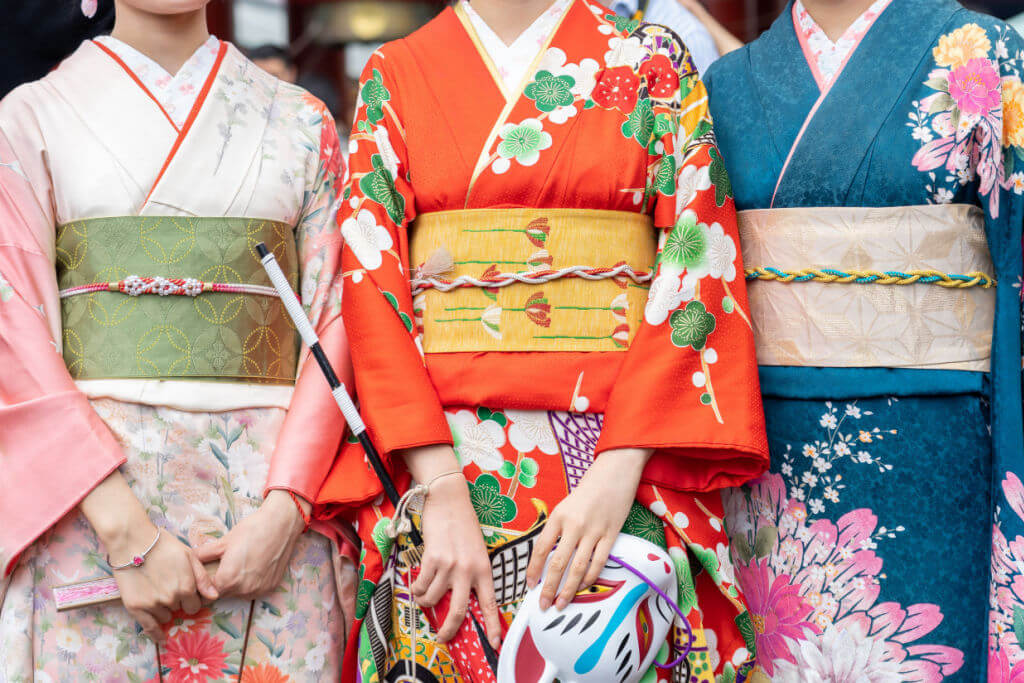
Step into the world of timeless elegance and immerse yourself in the detailed art of Japanese kimono pattern. In Japan, the kimono is more than just a garment; it symbolizes tradition, culture, and refined beauty.
Dive into the realm of wagara, the enchanting world of kimono fabric patterns that have captured hearts for centuries. And unravel these captivating designs’ history, significance, and sheer charm.
Fabric History in Japan:
Japan’s fabric history is a testament to the country’s stunning craftsmanship and artistic sensibilities. Silk, with its sheen and luxurious feel, has been a symbol of wealth and status for centuries. The cultivation of silkworms and the production of silk threads have been perfected over time, resulting in beautifully woven and dyed fabrics used to create elegant kimonos.

With the introduction of cotton during the Nara period (710 to 794), a new era dawned for kimono wear, marked by affordability and enhanced comfort. Making it accessible to a wider range of people. Indigo dyeing, known as Aizome ( 藍染), holds a special place in Japanese fabric history. Its deep blue hues and intricate patterns on the kimonos reflect a connection to Japan’s cultural roots.
What is a wagara kimono pattern?
Wagara refers to the vast array of kimono fabric patterns that have flourished throughout Japan’s history. The term “wagara” can be translated as “Japanese patterns,” it shows a vast array of designs deeply rooted in the country’s cultural heritage. These patterns draw inspiration from various sources, including nature’s beauty, traditional folklore, and the daily life of the Japanese people.
Wagara patterns are more than mere decorative elements; they serve as a visual language, conveying stories and symbolic meanings. Each pattern carries its unique narrative, representing aspects of Japanese culture, spirituality, and aesthetics. Whether it’s the delicate cherry blossoms symbolizing the nature of life or the ocean waves bringing a sense of tranquility. Every wagara pattern holds a tale waiting to be discovered.
Are you looking to enjoy more Japanese traditional goods? Check out Sakuraco! Sakuraco delivers traditional Japanese snacks, sweets, tableware, and more from local Japanese makers right to your door, perfect for a pleasant snack time at home!


Exploring wagara is like embarking on a journey through Japan’s diverse culture. From vibrant florals to detailed geometric motif. These patterns capture the essence of Japan’s deep connection with nature and its respect for tradition.
Wagara kimono patterns are not only employed to allow individuals to embrace the beauty of Japanese artistry while celebrating the cultural heritage, but they also serve a dual purpose. Therefore, these patterns enhance the aesthetic appeal of garments, adding an enchanting touch to each piece. Secondly, they provide a captivating glimpse into the soul of Japan, unraveling its rich cultural tapestry and solidifying their position as an invaluable and cherished aspect of the country’s identity.
What are Kimonos Made From?
Specially crafted kimonos use a range of materials, carefully selecting each one for its unique qualities and suitability for specific occasions. Among the various fabrics used, silk takes center stage as the most prized choice for creating kimonos. Known for its luxurious feel and stunning appearance, silk fabric brings forth masterpieces. Such as the breathtakingly beautiful Tsumugi and Rinzu kimonos. Which are typically reserved for formal ceremonies and special events.

In contrast other kimonos are also used for causal occasions like summer festivals. Fabrics like cotton and linen kimonos are popular choices. These lightweight fabrics offer comfort and breathability, making them ideal for everyday wear. With their understated elegance, cotton kimonos, such as the airy yukata, have become a staple during summer festivals and casual outings.
The Meaning of Kimono Patterns:
Kimono patterns are not just visually appealing designs; they carry profound symbolism and meaning deeply rooted in Japanese culture. Let’s explore some of the significant symbols found in different categories of kimono pattern.
Japanese Geometric Patterns:
Geometric patterns in Japanese kimono designs often feature repetitive, symmetrical shapes that hold symbolic significance. The seigaiha pattern, depicting overlapping concentric waves, represents peace, harmony, and good fortune. It reflects the gentle ebb and flow of the ocean, bringing a sense of peace. Additionally the geometric pattern, the ichimatsu, features a checkered design resembling a checkerboard. This pattern symbolizes balance, equality, and unity.
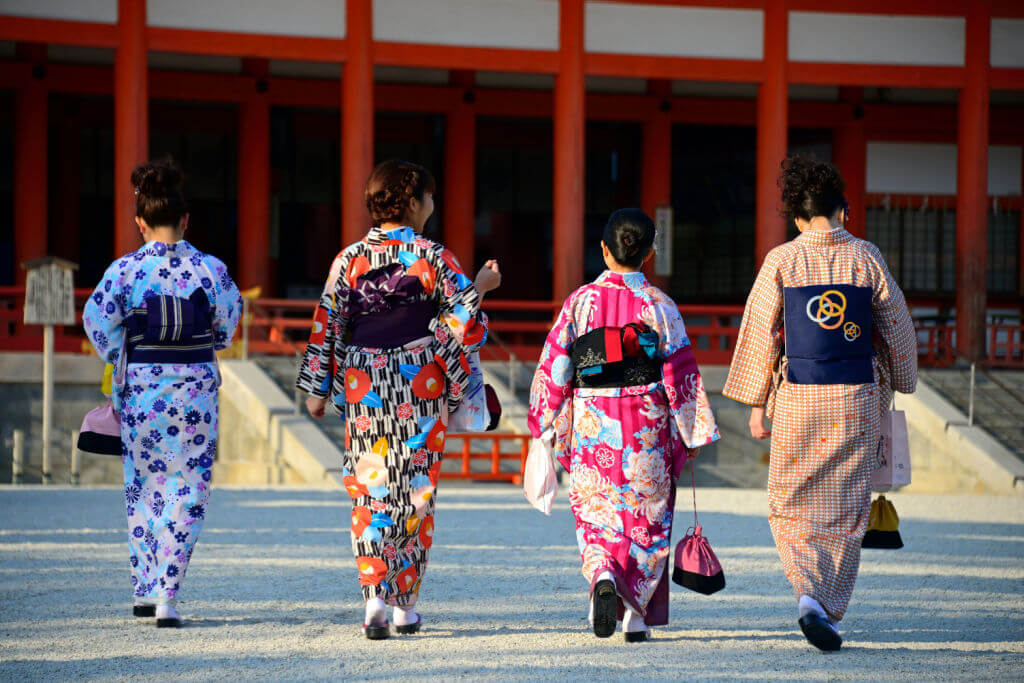
Kimono Pattern Floral:
Floral patterns hold a strong place in kimono designs, representing beauty, nature, and the changing seasons. The sakura pattern is one of the most beloved and widely recognized. It symbolizes the changing nature of life, the arrival of spring, and the short-lived beauty of the flower. Similarly, other floral patterns, such as botan, the peony, symbolize prosperity and wealth. While ume, plum blossom represents endurance and strength in the face of hardship.
Japanese Animal Patterns:
Kimono pattern featuring animals often carry symbolic meanings associated with their characteristics and cultural significance. The tsuru, or crane pattern holds high regard as a symbol of longevity, good fortune, and elegance.
In Japanese folklore, cranes are believed to live for a thousand years and hold sacred status. The koi carp pattern represents strength, determination, and perseverance. Drawing inspiration from the fish’s ability to swim upstream and transform into a dragon.
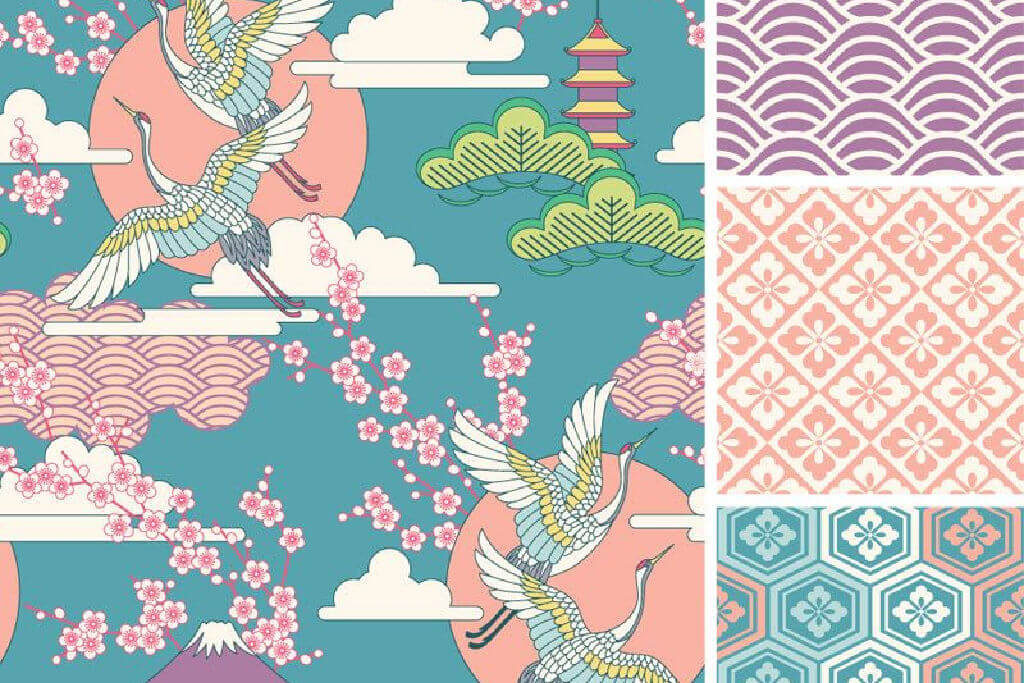
Japanese Patterns Inspired by Nature:
Nature plays a vital role in Japanese culture; patterns inspired by natural elements hold deep symbolism. The matsu pine pattern signifies longevity, resilience, and determination. The pine tree, with its evergreen trees, represents endurance in the face of adversity. It is often associated with wishes for a long and flourishing life. The yukiwa, or snowflake pattern symbolizes purity, beauty, and the peaceful stillness of winter.
Japanese Kimono Pattern Inspired by Objects:
Everyday objects have the power to inspire captivating kimono patterns, with each design carrying its unique symbolism. One such example is the kamon pattern, which encompasses intricate family crests that adorn kimonos. These meticulously crafted crests represent specific family lineages and embody notions of heritage, pride, and social status.
Similarly, the obi pattern, showcased on the wide sash worn around the waist, offers a canvas for various designs, such as fans, butterflies, or traditional motifs. In addition, these exquisite patterns not only infuse the kimono ensemble with elegance but also add character and charm, further enhancing the overall allure of the garment.
In the captivating world of kimono patterns, wagara unveils a tapestry of cultural heritage, symbolism, and artistic expression. From geometric designs to delicate florals, from animals to nature-inspired motifs, each pattern carries a story, a connection to the essence of Japan.
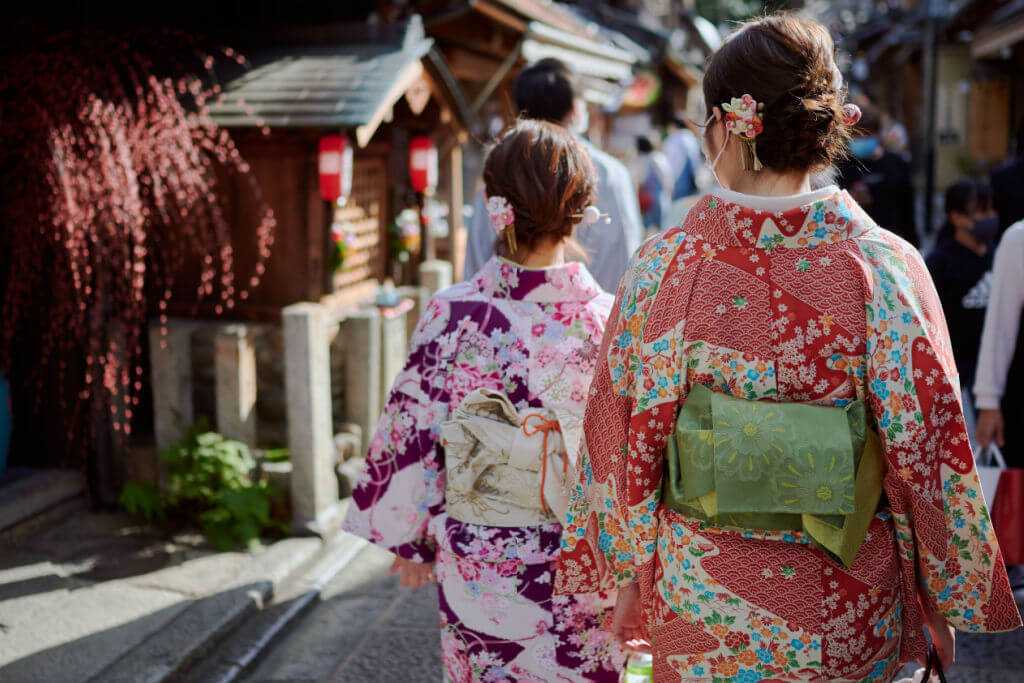
Additionally, wagara patterns transcend mere aesthetics; they serve as a captivating visual language that effectively communicates Japan’s values, aspirations, and beliefs. By adorning themselves with these patterns, individuals not only embrace the inherent beauty and elegance of Japanese artistry but also actively immerse themselves in the rich history of traditions passed down through generations.
The significance of kimono patterns goes beyond aesthetics. They hold the deep respect for nature, the celebration of life’s fleeting beauty, and resilience in the face of challenges. Furthermore kimono patterns are a testament to the cultural legacy that continues to inspire and enchant.

Discover authentic flavors with Sakuraco
Get Sakuraco 

Discover authentic flavors with Sakuraco
Get Sakuraco 
Related Articles

Mount Fuji Tour: Great Adventures Await You This Summer!
Mount Fuji is one of the most famous landmarks in Japan. People worldwide visit to see its beauty and enjoy exciting yearly outdoor activities!

Mikoshi: Why Are These Portable Shrines So Important?
Japan’s summer festivals are known for their energy, color, and tradition. And at the heart of many lies the mikoshi.

Takachiho Gorge and More Natural Wonders from Kyushu
Kyushu is the southernmost main island in the Japanese archipelago. It is most well-known for its food, but is less famous for its natural beauty. The island contains many landscapes, including serene waters, soothing hot springs, and dramatic rock formations like Takachiho Gorge.
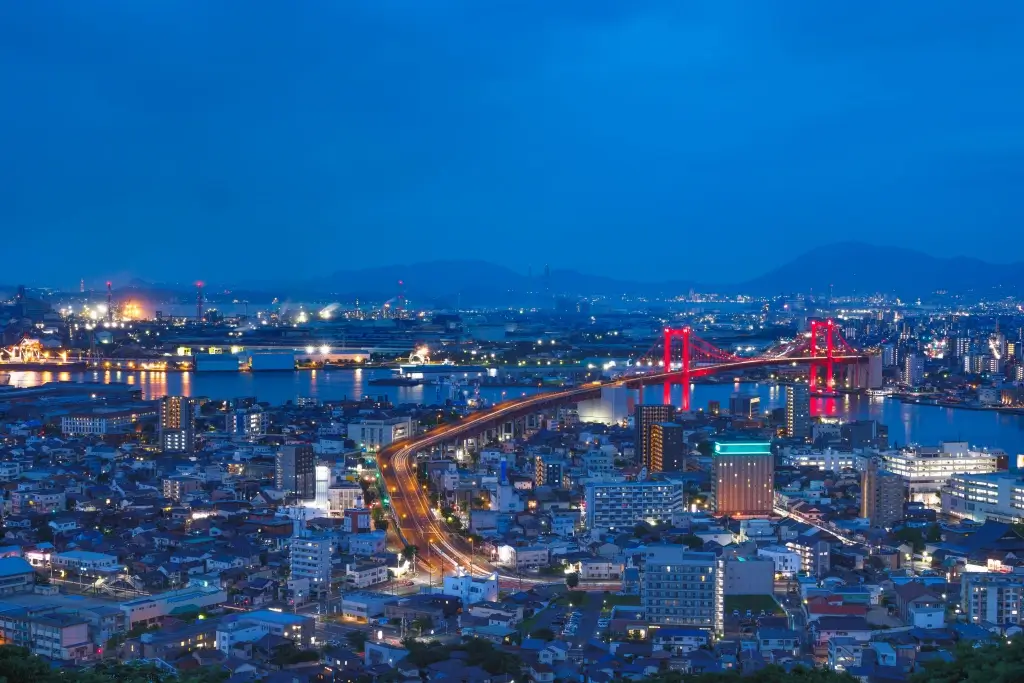
Kitakyushu to Kagoshima: An Amazing Kyushu City Tour!
Visiting these cities can help you understand more deeply how the past and present come together in everyday life. So let’s explore five of the most beloved cities on this fantastic island, starting from Kitakyushu!


